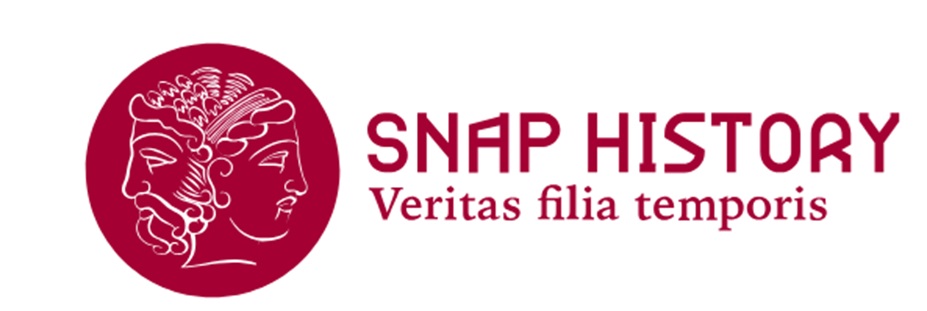The Euro-Chinese Gap
The European Technological Overtaking and the First Opium War 1839-1842

Steamships of the East India Company destroying Chinese war junks Wikimedia commons
In 1839, in Canton, 1300 tons of opium stored in a British warehouse were burned by an irreproachable imperial official, sent to crack down on the illegal opium trade fueled by the British. This would be the "casus belli" leading to the First Opium War (1839-1842), where the British would demonstrate their technological military superiority. China would be forced to pay a series of heavy indemnities for war expenses and material damages to merchants. Additionally, it would have to cede the island of Hong Kong and open four more ports to international trade besides Canton. This conflict found its justification in the right to trade of English merchants, an illegal trade in China, that of opium produced in India and exchanged in Canton for porcelain, silk, and tea. But how did this humiliating defeat come about? During the modern age, China was one of the most advanced states in the world, with an efficient bureaucracy entrusted to a class of scholar-bureaucrats centered around the figure of the emperor. It introduced inventions such as the magnetic needle compass, paper, printing, gunpowder, and its technical military knowledge was equal to, if not superior to, that of the Europeans. All this convinced the imperial authorities that there was nothing to learn from the outside world, and they decided to close off the country, leaving only the port of Canton open for trade. During this period of Chinese isolation, Europeans surpassed the Celestial Empire in technological capacity and knowledge; the overtaking, according to historian Tonio Andrade, occurred between 1760 and 1830. This was a feverish period in Europe, marked by wars, and the great monarchies refined their ballistic knowledge, produced sophisticated artillery, and strengthened their fleets. British power is a product of this period, and in the Opium War, they used muskets and carronades, while China, having experienced a period of peace in its isolation, could only counter with arquebuses, bows and arrows, and cannons mounted on wooden planks. A possible reflection based on these facts is that war is an incentive for technological development.
Tonio Andrade, The Gunpowder Age – China Military Innovation, and the rise of the West in World History, Princeton University Press, 2017
Alberto Mario Banti, L’età contemporanea–Dalla rivoluzioni settecentesche all’Imperialismo, Laterza, 22 October 2009
Carlo Capra, Storia Moderna 1492-1848, Le Monnier University-Mondadori Education, 2016, p.211-212
2025-06-23
Salvatore Ciccarello
